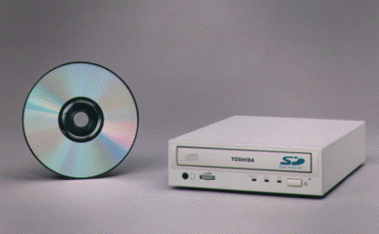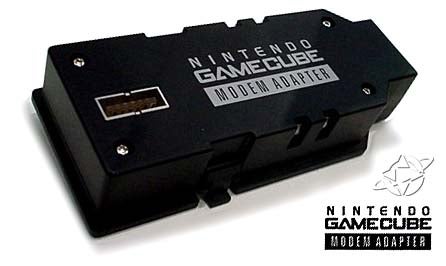Yamauchi's Vision
Yamauchi, head Preisdent of Nintendo, has one request to those running the company: Make Nintendo the best it can ever be.
To do this Yamauchi instructed his company to further expand into game development by investing profits into Nintendo itself to ensure growth. As long as profits were good then more money is to be invested into the company.
Sony had the right idea when it came to disc formats; regardless, thanks to their hit franchises the Nintendo 64 turned profitable. Titles like the Legend of Zelda Ocarina of Time and Super Mario 64 were huge hits, but what if titles from F-Zero and Custom Robo also became huge hits? It was too late to course correct the Nintendo 64 but with some billion dollars in the bank Nintendo could definitely make a major impact in the gaming scene.
Point of Divergence: Yamauchi gets even more serious about running his company to the point of making them the top contender in video games by reinvesting more money into the company itself.
To do this Yamauchi instructed his company to further expand into game development by investing profits into Nintendo itself to ensure growth. As long as profits were good then more money is to be invested into the company.
Sony had the right idea when it came to disc formats; regardless, thanks to their hit franchises the Nintendo 64 turned profitable. Titles like the Legend of Zelda Ocarina of Time and Super Mario 64 were huge hits, but what if titles from F-Zero and Custom Robo also became huge hits? It was too late to course correct the Nintendo 64 but with some billion dollars in the bank Nintendo could definitely make a major impact in the gaming scene.
Point of Divergence: Yamauchi gets even more serious about running his company to the point of making them the top contender in video games by reinvesting more money into the company itself.

